Champagne Bulletin September 2021
In this month’s Champagne Bulletin
- Could the worst harvest in 60 years yet turn out to be one of the best?
- Changes to the US 3-tier system?
- Increasing costs and longer lead times
You wonlt be surprised that the main news from September is all about the harvest and most of it is bad, but could the worst harvest in 60 years yet turn out to be one of the best?
At first sight that question may sound ridiculous, but it may not be as far-fetched as it seems. Let’s find out why.
As you will have gathered from my previous bulletins, the weather this year has been nothing short of dreadful:
- frost in Spring that destroyed as much as 30% of the young buds, and in some places destroyed almost the entire future crop.
- violent storms in Summer with deluges of rain and hail too that battered the vines causing further losses.
- and then a multiplicity of diseases such as mildew, oidium and grey rot which ruined another 30% or so of the grapes.
All in all, a combination of conditions not seen in decades. In fact, not since the 1950s according to the Comité Champagne.
All this meant one thing for sure: it would be a very small harvest and that’s the way it turned out – one of the 5 smallest harvests for half a century.
Here are a few pictures to give you an idea of what some vines looked like just before picking started – not a pretty sight
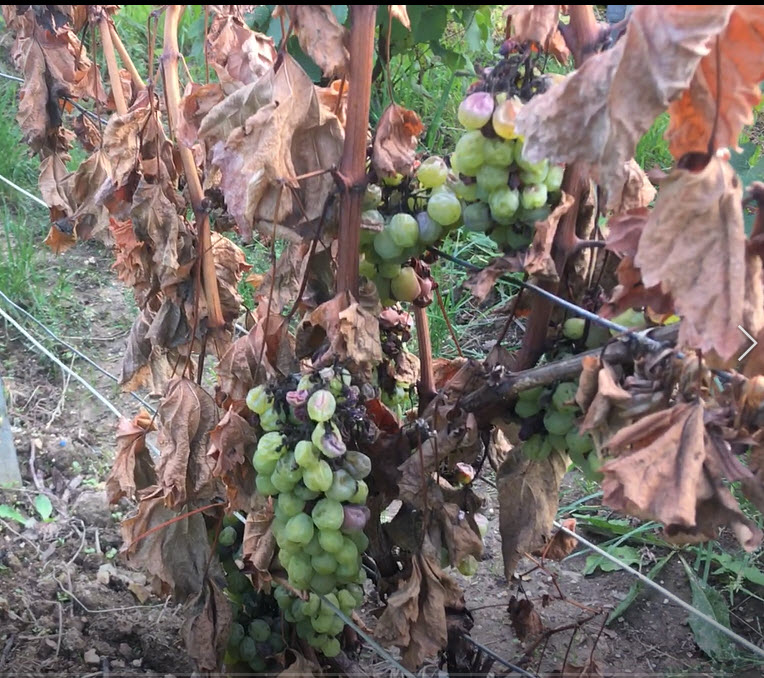

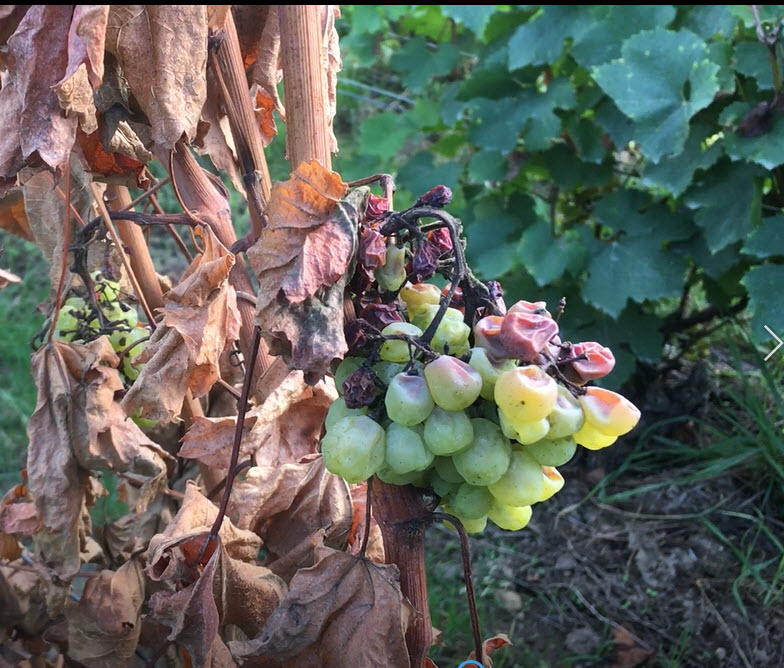
So how could such a disappointing harvest be seen as anything but a total disaster?
The answer is partly because the crop wasn’t bad everywhere and because, contrary to what you may have heard in other contexts, size isn’t all that matters.
We can get a clue as to why this should be when we take a look at something that, at first sight, might seem totally unconnected: the start dates for the harvest.
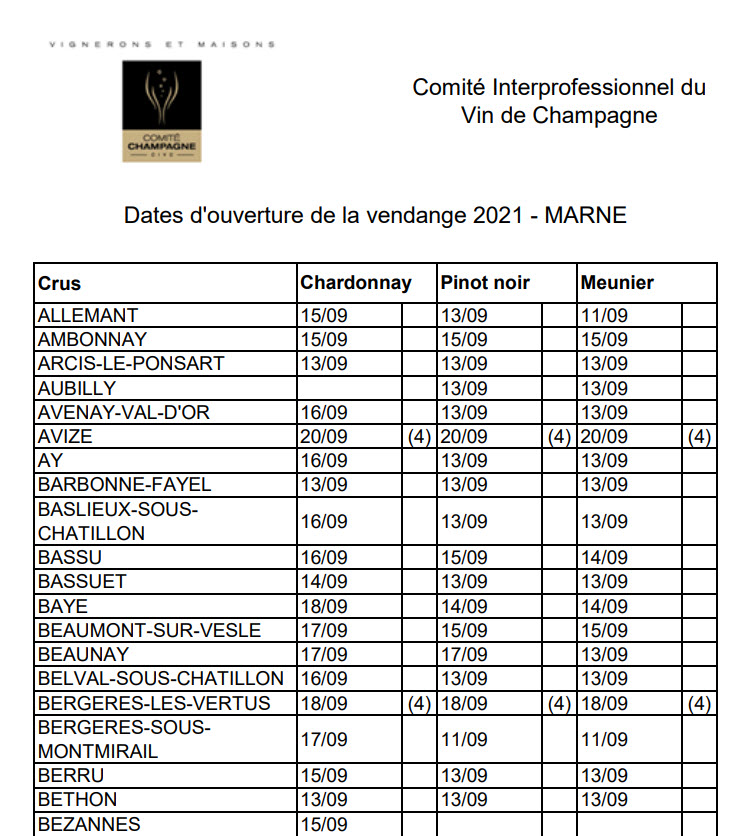 Picking doesn’t start on a specific date across the entire Champagne region. Instead, each village - and there are some 320 of these in Champagne - is given a start date based on the development of the grapes in each local area and there is also a start date given for each grape variety. You will immediately begin to appreciate that, despite the fact that many champagne drinkers think that all champagne is pretty much the same, that’s not really the case.
Picking doesn’t start on a specific date across the entire Champagne region. Instead, each village - and there are some 320 of these in Champagne - is given a start date based on the development of the grapes in each local area and there is also a start date given for each grape variety. You will immediately begin to appreciate that, despite the fact that many champagne drinkers think that all champagne is pretty much the same, that’s not really the case.
The Champagne region covers some 34,000 hectares (about 85,000 acres). Over 100 kilometres separates the most northerly part of the region from the southernmost areas. So, you won’t be too surprised to learn that this diversity means that the quality and quantity of the grapes can vary significantly from one place to another and even from one plot of vines to another.
The worst losses were in the southern part of Champagne in what is called the Aube region, and in the Vallée de la Marne where the weeks of unrelenting wet weather and the heavier soil in the valley made the vineyards almost unworkable.
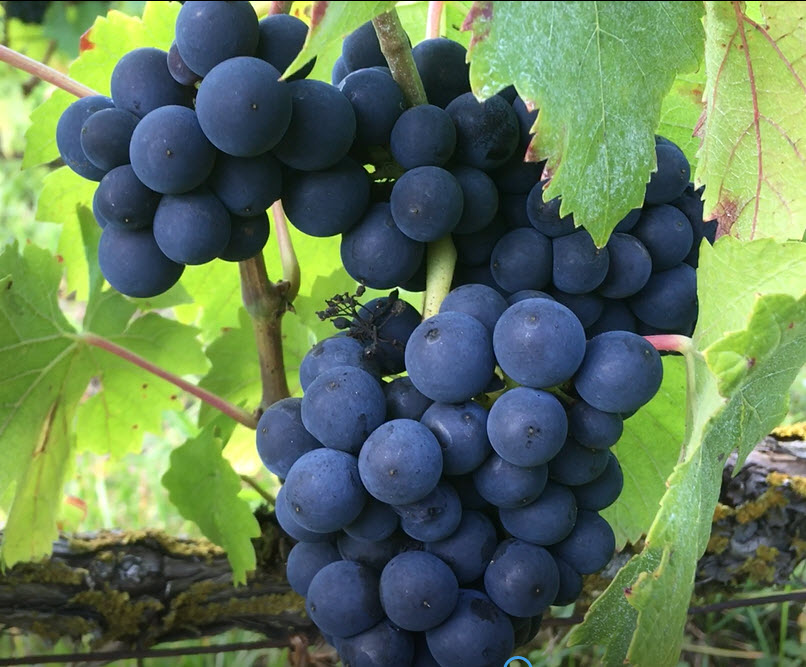 On the other hand, some villages nearer to Reims such as Ambonnay and Bouzy, both famed for their Pinot Noir grapes, were relatively untouched by the problems elsewhere and brought in a big harvest of grapes in excellent condition.
On the other hand, some villages nearer to Reims such as Ambonnay and Bouzy, both famed for their Pinot Noir grapes, were relatively untouched by the problems elsewhere and brought in a big harvest of grapes in excellent condition.
Some villages in La Côte des Blancs where Chardonnay is the dominant grape also reported good yields.
Quality versus quantity
Of course, every vine grower wants to have an abundant harvest but when it comes to making champagne the quality of the juice in the grapes is just as important, if not more so and one key measure of quality is the balance between sugar and acidity in the grapes.
As the grapes ripen, the sugar content rises, but the acidity level usually decreases as well. The sugar will be converted into alcohol during fermentation but too much sugar makes the wine heavy and unattractive. A good level of acidity is also essential to give champagne its liveliness and zing.
It’s quite rare that you get the ideal balance between the two extremes of sugar and acidity, but the first analysis of this year’s harvest indicates that the saving grace of 2021 is that the sugar/acidity balance is almost perfect.
Some people are saying that it resembles the great vintages of 2012 and 1996. If that is the case, and we won’t know for several months yet how the wine will turn out, 2021 promises to be a really good quality vintage… there will just be less of it that you might have wished for.
Changes to the 3-tier system in the USA?
Every country in the world has its own system of regulations surrounding the import and sale of alcohol, but the system in the USA is particularly complex.
Traditionally, a bottle of imported wine has had to pass through three separate entities before reaching the final consumer: an importer, a distributor, and a retailer. There are historical reasons for this not least of which was to prevent vertical integration of the industry, but it does make for a complicated process, and some say, for higher prices and a reduced choice for the consumer.
However, this may be about to change because in July President Biden instructed the Treasury Secretary, Attorney General and the Federal Trade Commission to assess threats to competition and barriers to entry across a range of industries including the beer, wines and spirits sector.
It’s too soon to know what will come of this review, but the point that is important to grasp, especially for anyone considering launching a new brand in the USA, is that it is vital to understand the distribution system and all the legislation surrounding it. Distribution can mean the difference between success and disappointment in the wines and spirits business and it’s a subject that cannot be ignored.
Lead times and costs
Those readers who have already contacted me about a private brand of champagne will have heard me say that lead times for orders are currently running considerably in excess of what they were just a year ago. The reason, of course, is the plethora of measures that governments have put in place in the name of health.
The normal patterns of trade in almost every industry have been disrupted and champagne is no exception. In fact, the problem is not so much that the champagne itself is in short supply, but rather that the necessary raw materials for packaging are harder to get hold of.
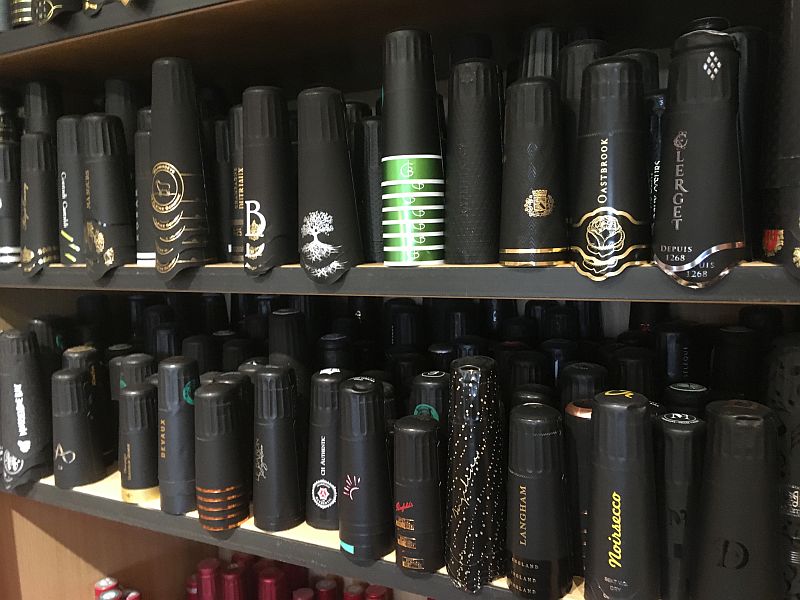 For example, supplies of aluminium for making foils are harder to come by and the same is true of paper to make labels and boxes. Lead times that would have been two months a year ago are now running to three, or even four months at the moment.
For example, supplies of aluminium for making foils are harder to come by and the same is true of paper to make labels and boxes. Lead times that would have been two months a year ago are now running to three, or even four months at the moment.
Prices for packaging are also edging upwards, but fortunately they still represent a relatively small portion of the total costs associated with creating a champagne brand. I have not yet seen any significant movement in the price of champagne ex cellars, but I’ll be keeping an eye on this is the months ahead.
---
That brings us to the end of this month’s Champagne Bulletin. Look out for the October bulletin in a few weeks’ time and meanwhile, if you have any questions or comments about what you’ve just read, please feel free to email me at This email address is being protected from spambots. You need JavaScript enabled to view it.
All the best from Champagne
